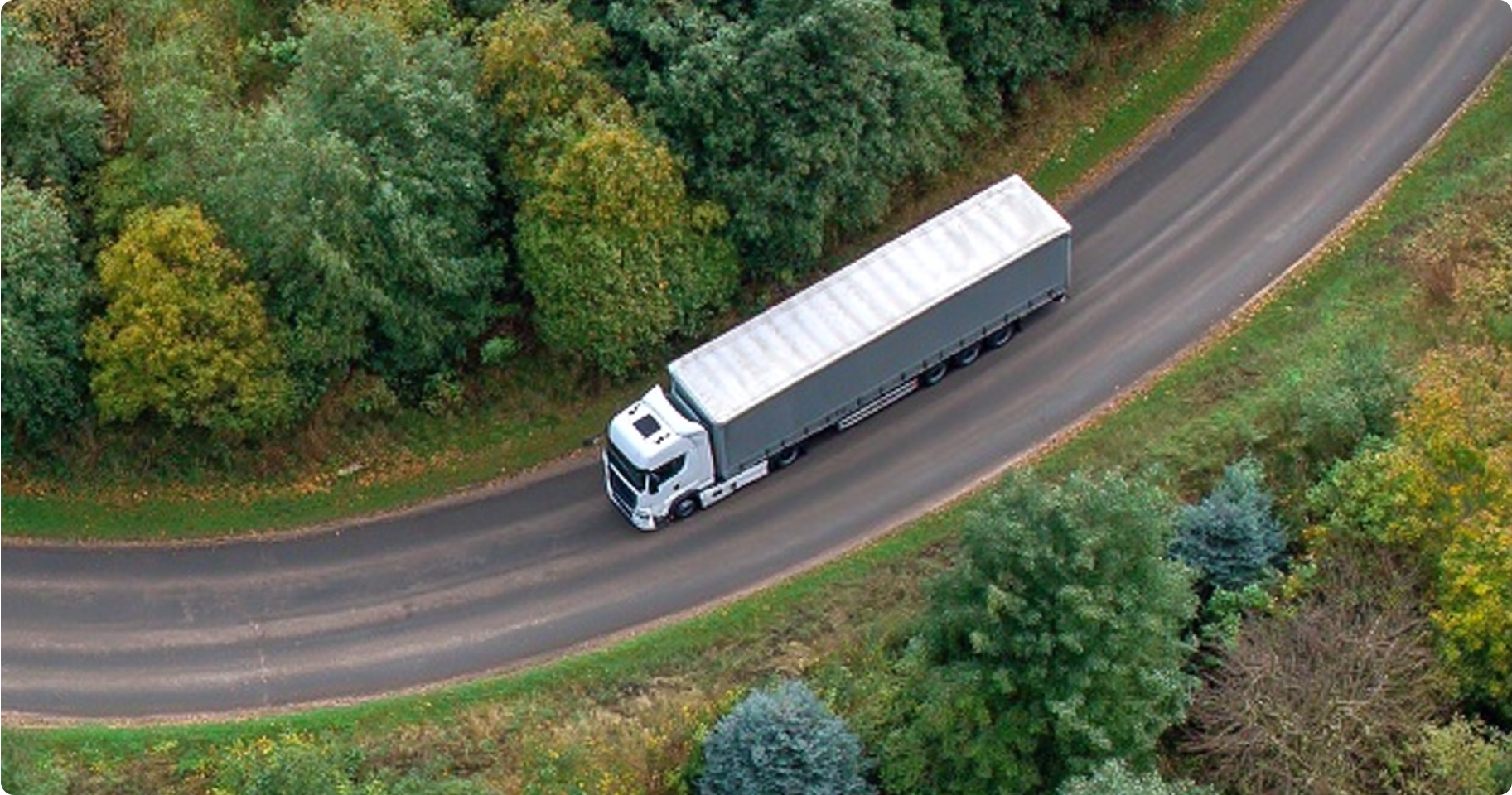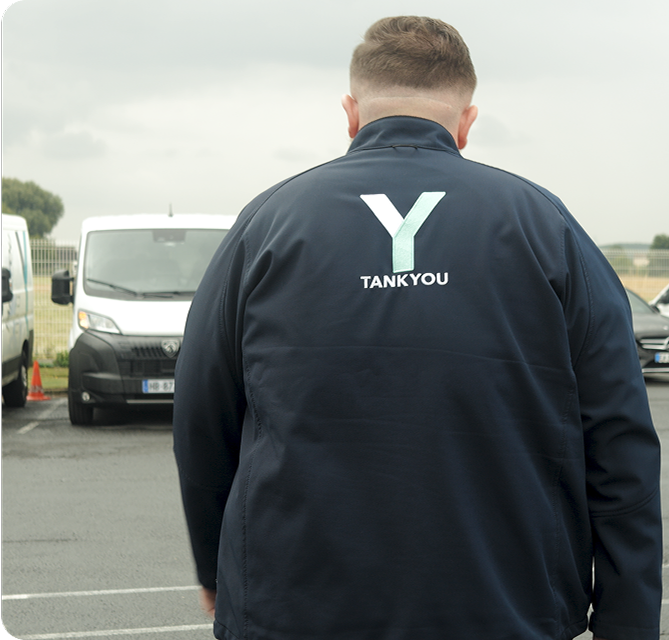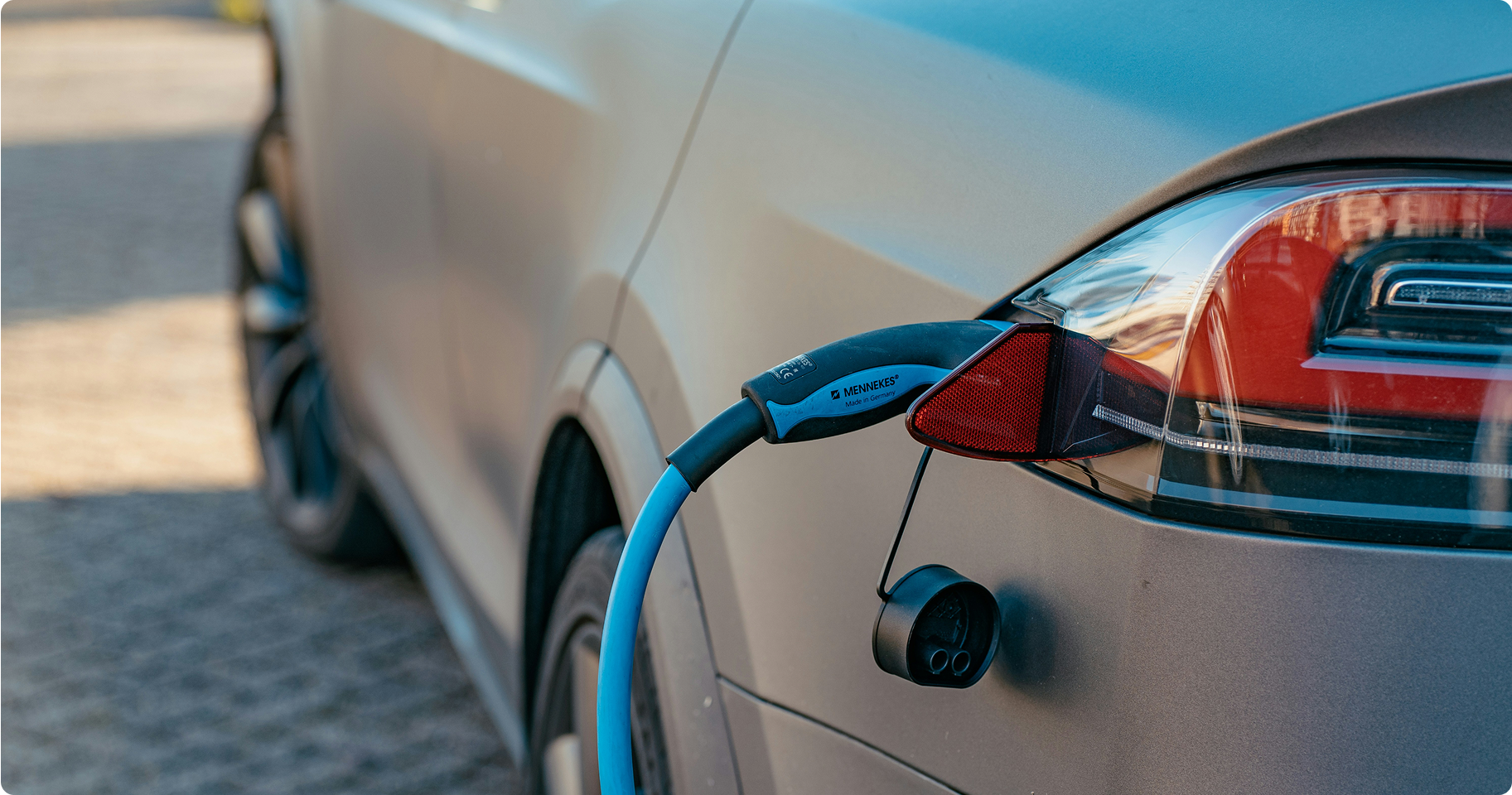

La fuel delivery is a vital service for many businesses and individuals. In fact, it ensures that the energy needed for vehicles, generators and other devices is always available. This detailed guide will show you all aspects of this process, from ordering fuel to receiving it, to safety criteria to be respected.
Les Fuels play a central role in our daily lives. They are an indispensable source of energy for transport, industries and even some domestic activities. Different types of fuel exist: petrol, diesel, kerosene, biofuels, each with specific properties adapted to specific uses.
THEpetrol And the diesel are the most popular. Gasoline is often used for light cars, motorcycles, and some small motorized devices. Diesel, on the other hand, is suitable for heavy trucks, trucks and certain car models that are particularly efficient in terms of fuel economy. Biofuels are also beginning to gain popularity thanks to their apparent ecological benefits.
The importance of fuels cannot be underestimated. Without them, vehicles could not work, industrial machines would stop, and even in some remote homes, access to energy would be compromised. Global fuel consumption continues to grow, underlining their relevance in all spheres of modern life.
Understanding the process of fuel delivery helps to better appreciate this crucial service. From ordering to receiving, each step requires precision, coordination and professional expertise to ensure customer satisfaction.
The process usually starts with a order placed with a supplier. This order can be made by phone, online or via a dedicated form. After verifying the details, such as the quantity required and the delivery address, the supplier schedules the delivery in accordance with its logistical capabilities.
Then the transport of fuel is carried out by specialized tank trucks equipped to guarantee safety. Upon arrival at the site, delivery takes place according to established protocols to minimize risks and optimize distribution efficiency. Finally, the customer receives the agreed fuel and signs a receipt confirming that everything went well.
The handling and delivery of fuels require strict safety measures. These measures include rigorous training tanker truck drivers, regular maintenance of equipment, as well as the use of modern tools to detect any potential leaks or faults during delivery. Ensuring safety is a non-negotiable aspect of this service, both to protect the personnel involved and the end customers.




The delivery of fuel cannot be improvised. Between logistics, security and quality control, each step is supervised to guarantee a reliable, clean and secure service. Find out how this essential link in the energy chain works, and why it is crucial to be well prepared.
In the field of service provision of fuel delivery, the security occupies an essential place. Not only because it ensures the physical integrity of people but also because it protects the environment from potential dangers associated with fuels.
Les drivers responsible for fuel delivery must undergo specialized training that covers various aspects: safe handling of products, appropriate responses in the event of a spill, compliance with environmental standards and emergency procedures. This ensures that they are prepared to handle different situations while minimizing risks.
To ensure safety, the tankers used for delivery must meet certain technical specifications. They are equipped with overflow prevention devices, leak monitoring systems and several other equipment that ensure safe fuel handling throughout the journey to destination. Regular maintenance of these vehicles is essential to prevent any unfortunate incident.
In order to ensure a optimal safety upon delivery, various steps are carefully followed. Before starting to transfer the fuel, the driver must check the condition of the customer's storage tanks and ground the truck to avoid any accumulation of static electricity. Throughout the process, careful monitoring of levels and pressures ensures a risk-free operation.
Ensuring a service of reliable fuel delivery does not stop with the simple delivery of the product. The care and regular maintenance of equipment play a key role in maintaining a high quality of service.
Les tankers are subject to numerous charge and discharge cycles, which could affect their performance over time. Regular inspections make it possible to quickly detect and correct any potential malfunction, thus ensuring the continuity and safety of deliveries.
Les devices such as valves, pressure gauges, and overfill systems also require frequent revision. Their maintenance not only ensures safety but also extends the durability of the equipment used in the fuel delivery chain.
Another important facet of the interview concerns monitoring of fuel stocks. For both the supplier and the end customer, keeping a close eye on stored levels makes it possible to anticipate needs and avoid unexpected interruptions. Using automatic measurement and reporting systems can greatly facilitate this task.
Receiving a fuel delivery effectively requires adequate preparation. Taking a few simple precautions can make the process smoother and safer.
Prior to the scheduled delivery date, it is recommended that you check that the receiving site is ready. This includes ensuring the accessibility of the storage point, the availability of space to maneuver the tanker, and the condition of the storage equipment. The more organized the site is, the faster and more efficient the delivery will take place.
Upon arrival, the driver provides a delivery note and possibly other technical documentation relating to the load. It is essential to check these documents carefully to ensure that the specifications match exactly what was ordered. This contributes to the transparency and traceability of the service provided.
While receiving fuel, several precautions should be taken to maximize safety. Maintaining a clear area around the unloading point, using appropriate protective equipment, and actively monitoring the process are essential steps to avoid any unfortunate incident. Once the delivery is complete, a final inspection is carried out to confirm that everything went well.

From producer to meter, electricity follows a smart grid that is constantly changing to meet consumption and green energy challenges.
